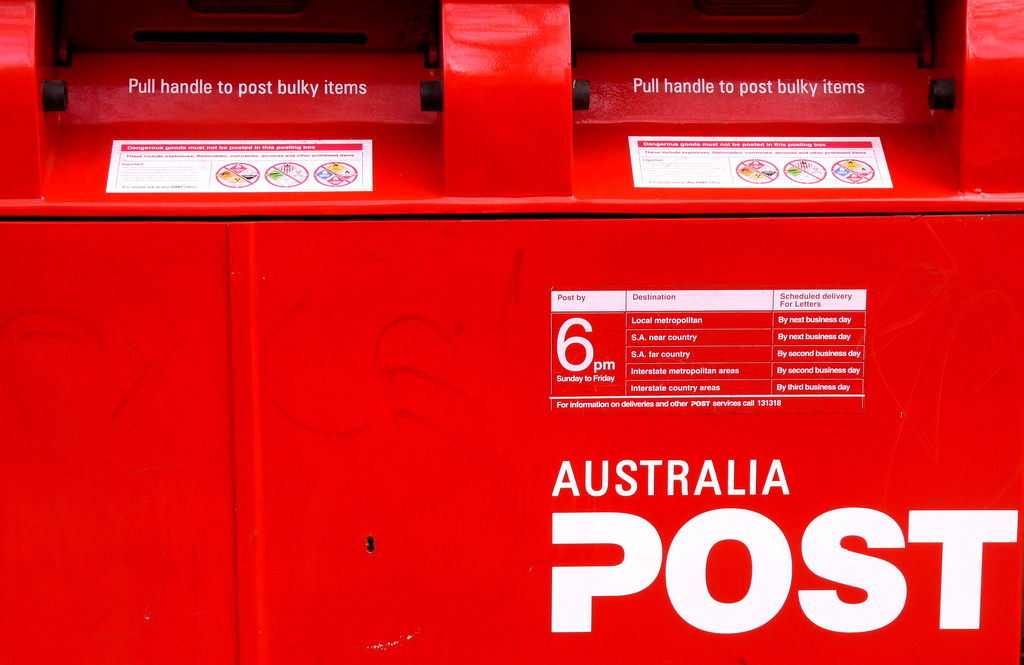
Australia Post post boxes
In announcing plans for a voluntary postal vote, Prime Minister Malcolm Turnbull said all Australians will be able to have their say on same-sex marriage. But that's certainly not going to be the case for Australians who are blind or vision impaired.
In 2016 Vision Australia estimated that there are 384,000 people in Australia who are blind or have low vision, with around 75% of these being of voting age. So by proceeding with a postal-only approach, over 275,000 Australians will be unable to complete the ballot by themselves.
Under the Government's plan, a postal vote asking if the law should be changed to allow same-sex couples to marry, will be sent out to everyone on the electoral roll. However, unlike voting in a state or federal election, this vote is not compulsory to answer, which means that you won't get fined if you don't send the ballot back.
It will be run via the Australian Bureau of Statistics (ABS) - the same organisation who ran the problematic Census last year. Because this postal vote isn't an election, the Government is able to run it through the ABS under the terms of ‘collection of statistics’, allowing them to bypass parliamentary approval.
“The use of a postal ballot provides significant challenges for people with disability,” says high profile digital access specialist Dr Scott Hollier, who is also Media Access Australia’s Specialist Advisor, Digital Accessibility.
“While the recent Census was criticised for crashing, from a disability perspective, it was the most accessible Census to ever take place,” claims Dr Hollier, who is legally blind. “The website was well designed with accessibility in mind, and assistive technologies used by people with disability meant that it could largely be completed independently.”
“The return to paper is a significant issue, particularly for people who are blind or have low vision who were given the taste of independence with the Census, only to have that taken away again with the need to seek help in making their decision on paper,” Hollier says.
“In addition to being inaccessible it also places people with disability in the vulnerable position of having to trust someone to complete the form honestly on their behalf,” adds Hollier. “At the end of the day we have the ability to make content accessible and the technology to support it, so the use of a print-only solution for this important national decision is ultimately a backward step.”
You can enrol to vote or update your details via the AEC website, which is where the ABS will get their postal data from. If you've moved since the last election, advise the AEC as your ballot will be posted to your old address if you don’t let them know.
Top of page

